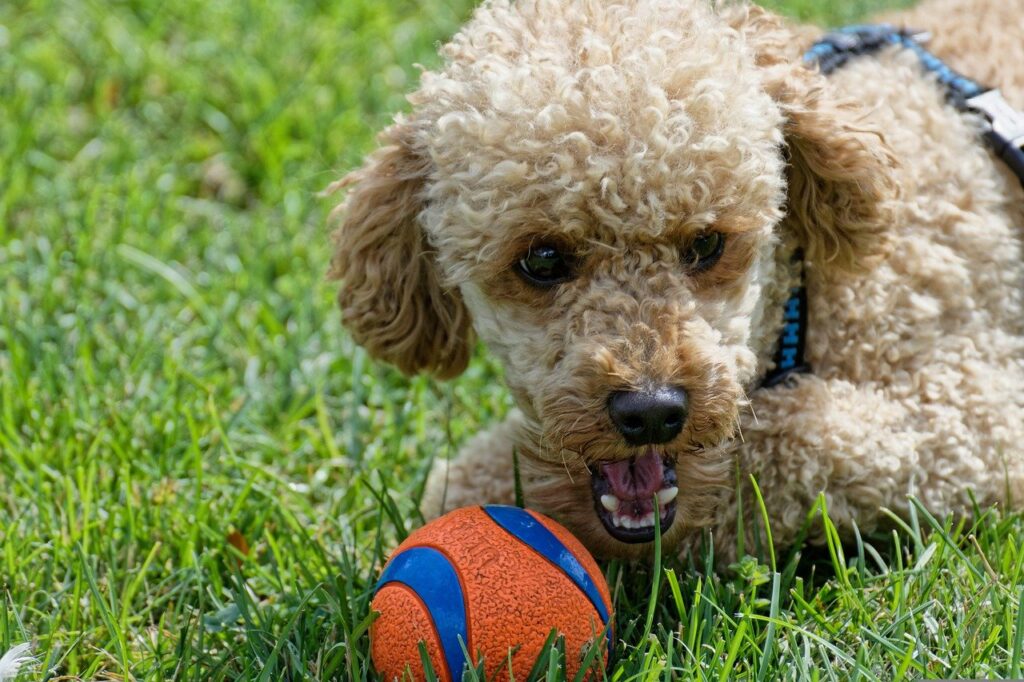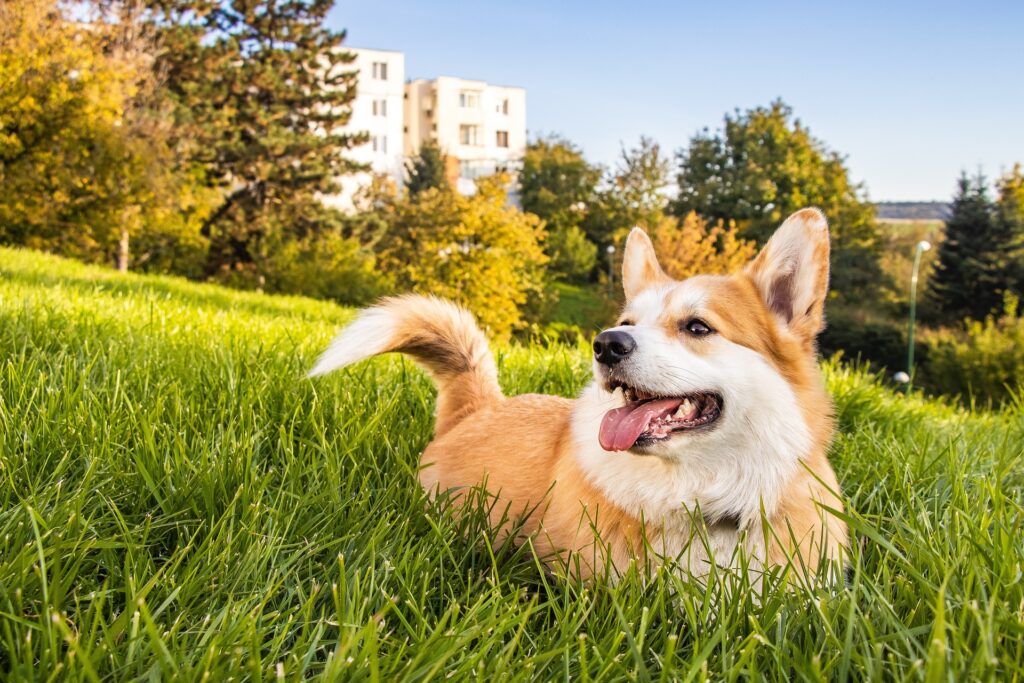Are you a concerned dog owner questioning “why my dog won’t eat his food but will eat human food?” You’re not alone! Many pet owners encounter this issue and are left wondering how to ensure their dogs receive proper nutrition.
If your dog refuses to eat his food but readily consumes human food, it could indicate a preference for different flavors, textures, or smells. This leads to nutritional imbalances. Understanding your dog’s specific dietary needs and gradually transitioning to balanced dog food might help.
- Understanding the reasons
- Evaluating the current diet
- Transitioning to regular dog food
- Creating a healthy feeding routine
- Enhancing the palatability of dog food
- Addressing behavioral issues
Understanding the reasons
Understanding why your dog prefers human food but is refusing to eat his food is crucial in finding a solution to this common issue. There are factors that influence a dog’s sensory preferences, the potential health issues or dental problems that can contribute to their aversion, and how behavioral factors play a role in their eating habits.
What factors influence a dog’s sensory preferences for certain foods?
Dogs have great senses of taste and smell, and these senses might affect how they choose to eat. Peter Tyson, an author for PBS, in an article regarding the dog’s incredible sense of smell, explains:
| For one thing, they possess up to 300 million olfactory receptors in their noses, compared to about six million in us. And the part of a dog’s brain that is devoted to analyzing smells is, proportionally speaking, 40 times greater than ours. Peter Tyson |
The aroma and flavors of human food often entice dogs more than their own food, as it may seem more appealing to their sensitive senses.
Are there any health issues or dental problems that can cause a dog to avoid its regular food?
Yes, health issues or dental problems can impact a dog’s eating habits. Pain or discomfort while chewing can lead to a reluctance to eat dry kibble. It’s essential to rule out any underlying medical conditions by consulting with a veterinarian.
How do behavioral factors affect a dog’s eating habits?
Behavioral factors such as attention-seeking, table scraps, or inconsistent feeding routines can contribute to a dog’s preference for human food. Dogs are intelligent creatures and may learn that refusing their food leads to receiving more desirable options. Sometimes dogs may not listen to you and eat what they desire.
Evaluating the current diet
It’s crucial to assess your dog’s existing food to find any potential inadequacies or imbalances before making any modifications. You can make educated selections about your dog’s diet by being aware of its nutritional requirements. Let’s look at how to evaluate your dog’s dietary requirements and spot any inadequacies.
How can you assess the nutritional needs of your dog?
To determine your dog’s specific nutritional requirements consulting with a vet or a pet nutritionist is essential. These are based on its breed, age, size, and overall health. The vet can recommend a balanced diet suitable for your dog’s needs.
What are the potential deficiencies that can exist in the dog’s current diet?
Dogs can lack nutrients such as proteins, vitamins, and minerals. Inadequate canine nutrition can lead to various health issues like poor coat quality, weakened immune system, and lack of energy. For your dog’s general wellbeing, it’s essential to provide a well-balanced food.
Transitioning to regular dog food
Now that you know why your dog only eats human food, you can focus on transitioning him to regular dog food. This process requires patience and a gradual approach to ensure a smooth transition. We explain some techniques to help your dog switch to regular dog food.
What are some gradual food transition techniques to help a dog switch to regular dog food?
Gradual transition is key to prevent digestive upset. Start by mixing a small portion of the new dog food with the old one. Then, gradually increase the proportion over a period of 7-10 days until your dog is solely on the new food.
How can you introduce new flavors and textures to entice the dog to eat its food?
Try incorporating small amounts of low-sodium chicken broth, wet dog food, or dog-safe fruits and vegetables into your dog’s meals to add new flavors and textures. Experimenting with different options can pique your dog’s interest in his food. For example, dogs can eat sauerkraut, which can be a novel, delicious, and healthy meal for them.
Is it beneficial to mix human food with dog food during the transition?
While mixing small amounts of human food can initially entice make your dog eat dog food, it’s important to gradually reduce and eliminate the inclusion of human food to ensure he develops a preference for his designated food. Mixing can be a temporary strategy during the transition period.
Creating a healthy feeding routine
Establishing a consistent and healthy feeding routine is essential for your dog’s well-being. Let’s explore how you can create a structured meal schedule, understand the recommended feeding guidelines, and avoid overfeeding or relying on leftovers.
How can you establish a consistent meal schedule for your dog?
Set specific meal times and stick to them consistently. Dogs thrive on routine, and having a structured meal schedule can help regulate their appetite and digestion. Avoid free-feeding or leaving food out all day.
What are the recommended feeding guidelines and portion control for dogs?
Consult a vet to determine the appropriate portion sizes and feeding frequency for your dog based on his age, size, activity level, and overall health.
“Dogs over 5 months old should be fed every 8–12 hours. One main reason for this twice-a-day schedule instead of once-a-day meals is that stomach acid and bile can build up in your pet’s stomach. If your dog does not eat, they will become nauseated and vomit.”, says Dr. Beth Turner.
Following feeding guidelines ensures your dog receives the right amount of nutrition without overeating.
Why is it important to avoid overfeeding and feeding table scraps?
Overfeeding can lead to obesity and related health issues. Additionally, table scraps or excessive human food can disrupt the nutritional balance and create an unhealthy dependency. Prioritizing your dog’s general health and wellbeing is essential.
Enhancing the palatability of dog food
Food aversion in dogs can be a problem. Ensuring that your dog finds his food enticing and appealing is a key factor in encouraging him to eat his designated meals. Here are some strategies to improve the presentation and environmental factors of dog food and make it more appetizing for your pup.
What are some strategies to improve the presentation and environmental factors of dog food?
Create a positive mealtime environment by feeding your dog in a quiet and comfortable area. Use clean bowls and ensure the food is fresh. Dogs can be sensitive to the taste and smell of their food, so maintaining hygiene is essential.
How can you use food toppers, broths, or mix-ins to make the dog food more appealing?
Meal toppings, broths, or additions can improve the flavor and aroma of the meal you give your dog Consider using dog-safe toppers like bone broth, low-fat yogurt, or small amounts of cooked lean meat to entice your dog to eat. Dogs can eat small amounts of cornstarch which can be added to their food giving it a better texture and taste.
Are there any homemade dog food recipes that can help picky eaters?
Homemade dog food recipes can be a viable option for picky eaters. The recipes must, however, be balanced nutritionally and adhere to your dog’s particular dietary needs. Consult with a veterinarian or a pet nutritionist for guidance.
Addressing behavioral issues
In some cases, behavioral factors can contribute to a dog’s refusal to eat his food. Understanding and addressing these issues is essential to establish healthier eating habits. Separation anxiety, stress-related factors, and training techniques can play a role in your dog’s eating problems.
Can separation anxiety and stress-related factors contribute to a dog’s eating problems?
Yes, separation anxiety and other stress-related factors can significantly impact a dog’s eating habits. Dogs can lose their appetite or refuse to eat when anxious, fearful, or stressed. Addressing these underlying issues can help improve their eating habits.
What training techniques can be used to promote healthier eating habits in dogs?
Positive reinforcement techniques can be effective in promoting healthier eating habits. Use rewards, praise, and interactive toys during mealtime to make it a positive experience for your dog. Associating the mealtime routine with positive outcomes can encourage them to eat their food.
When should you consider seeking professional help for a dog’s eating issues?
Seek expert assistance from a veterinarian or a licensed animal behaviorist if your dog’s refusal to eat persists despite your best efforts. They can evaluate your dog’s overall health and provide specialized guidance based on their expertise.
Takeaways: Why my dog won’t eat his food but will eat human food?
While encouraging your dog to eat his assigned food can be difficult, you can support your pet’s development of better eating habits by being patient, understanding, and employing the appropriate techniques. Remember to prioritize your dog’s health and well-being by offering appropriate dog food that meets his nutritional needs.
While it may be tempting to rely on human food, excessive or inappropriate feeding of human food can pose risks to your dog’s health. Embrace the journey of transitioning your dog to a regular and balanced diet, and enjoy the rewarding experience of a happy and well-nourished pup!
FAQ
What are the health risks associated with feeding dogs human food?
Feeding dogs excessive or inappropriate human food can lead to obesity, nutritional imbalances, digestive issues, pancreatitis, and other health problems. It’s important to prioritize a balanced and appropriate diet for your dog.
Can selective eating lead to nutritional deficiencies in dogs?
Yes, selective eating can result in nutritional deficiencies if your dog won’t eat his food but will eat human food. A well-balanced diet and vet or pet nutritionist consults can help prevent such deficiencies.
How long does it typically take for a dog to adjust to new food?
The adjustment period can vary from dog to dog. A dog needs about 7 to 10 days to get used to new food. However, some dogs may require more time for a smooth transition.
What alternative dog food options are available?
There are various alternative dog food options available. These include high-quality commercial dog food brands, and organic dog food. Home-cooked meals prepared under the guidance of a veterinarian or a pet nutritionist are another great option. It’s important to choose options that meet your dog’s specific nutritional requirements.
How should food allergies in dogs be handled?
Consult a vet to identify the allergen if you think your dog may have a food allergy. They may recommend an elimination diet or specific hypoallergenic dog food to identify and manage your dog’s food allergies.
More dog behavior resources
Here are a few other resources talking about other unusual behavior in dogs and how to deal with them.
- Why do dogs chew on wood
- Signs that a male dog wants to mate
- Why does my dog jump on me
- Do dogs get tired of barking
- Why does my dog lick my legs
You can find a lot more information on weird dog behaviors on our site Dogisa!
What To Do If Your Dog Ate A Baby Wipe: Advice And Solutions
Dogs like to chew on things and sometimes they will get their chompers on something…
Do Poodles Pick A Favorite Person? – How To Be The Favorite
Poodles are loving and intelligent dogs that will fit in perfectly with your family. And…
Do Poodles Bite? – Reasons For Biting And How To Control It
Poodles are a cute dog breed that is very popular among dog owners. People usually…
Why do Dog Leave Odorless Wet Spots? And how to treat them
It is not uncommon for dog owners to notice that their dog leave odorless wet…
Why Does My Dog Only Have Diarrhea At Night? [How To Help]
Diarrhea is not an uncommon thing and most dogs will suffer from it at least…
A Complete Guide To The Corgi Heat Cycle [+ Tips]
Going into heat is what we refer to when we talk about periods in dogs….







